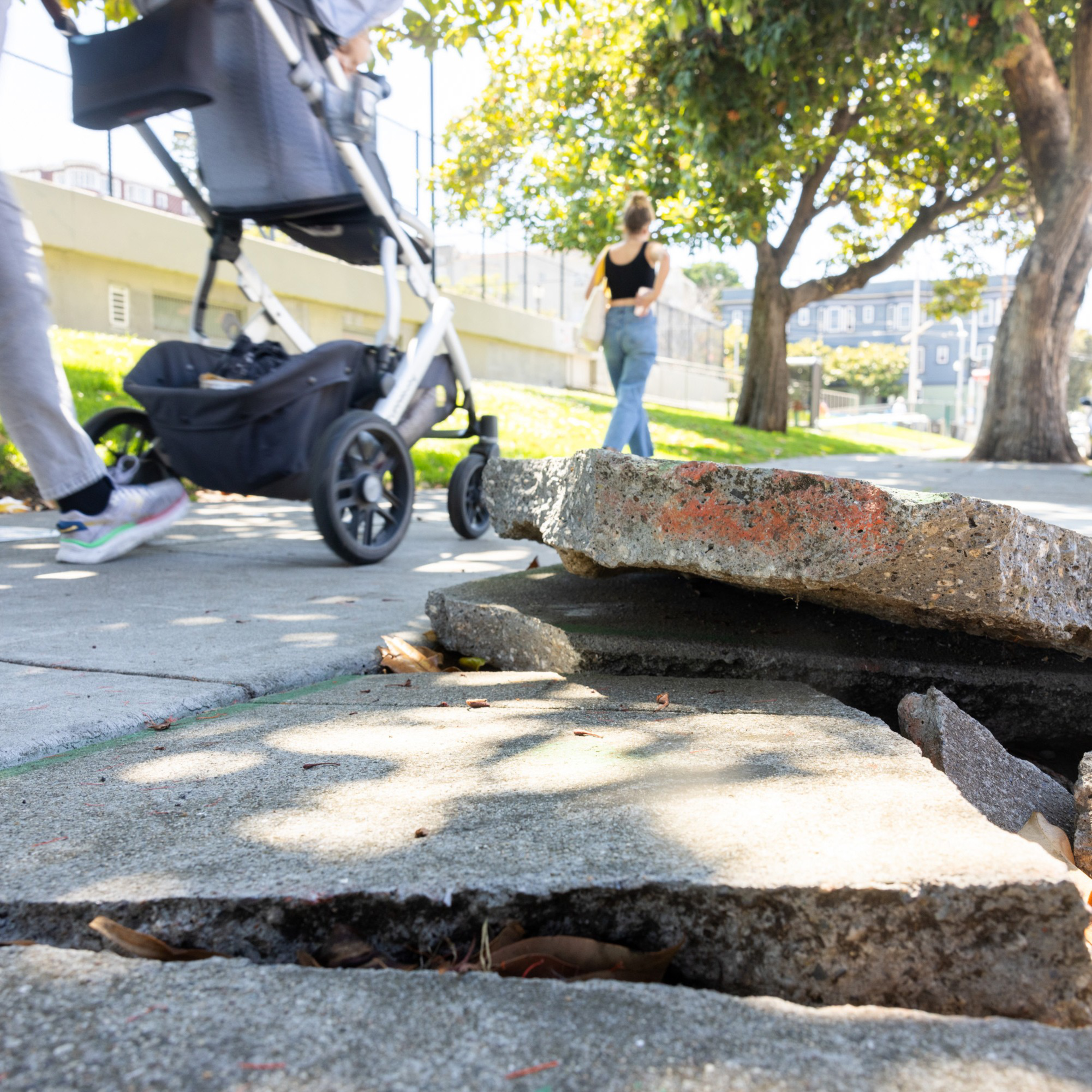Sydney Clemens made it four steps before falling.
“I went right down on my nose,” she said.
It was January, and the San Francisco senior had parked her car in an accessible spot and was making her way to a park at 23rd Street and Treat Avenue in the Mission. That’s when her foot caught on a piece of raised concrete, sending her tumbling and leaving her with a deep-purple bruise running the length of her forehead.
“The city of San Francisco needs to take care of its sidewalks,” Clemens said. “I walk over sidewalks all the time that are wrecked. I’m an old lady, and I don’t want to fall again.”
San Francisco has a problem: The city has one crew assigned to repair the sidewalks on its nearly 13,000 blocks, and those workers cannot keep up. The Department of Public Works has closed out just 9% of the more than 10,000 requests to fix sidewalks damaged by tree roots since 2020, according to 311 data (opens in new tab). During the gap between a damage report being filed and a repair being made — which can be years — people are tripping. In fact, 15 months before Clemens’ tumble, someone opened a 311 case flagging the buckled sidewalk in that spot.
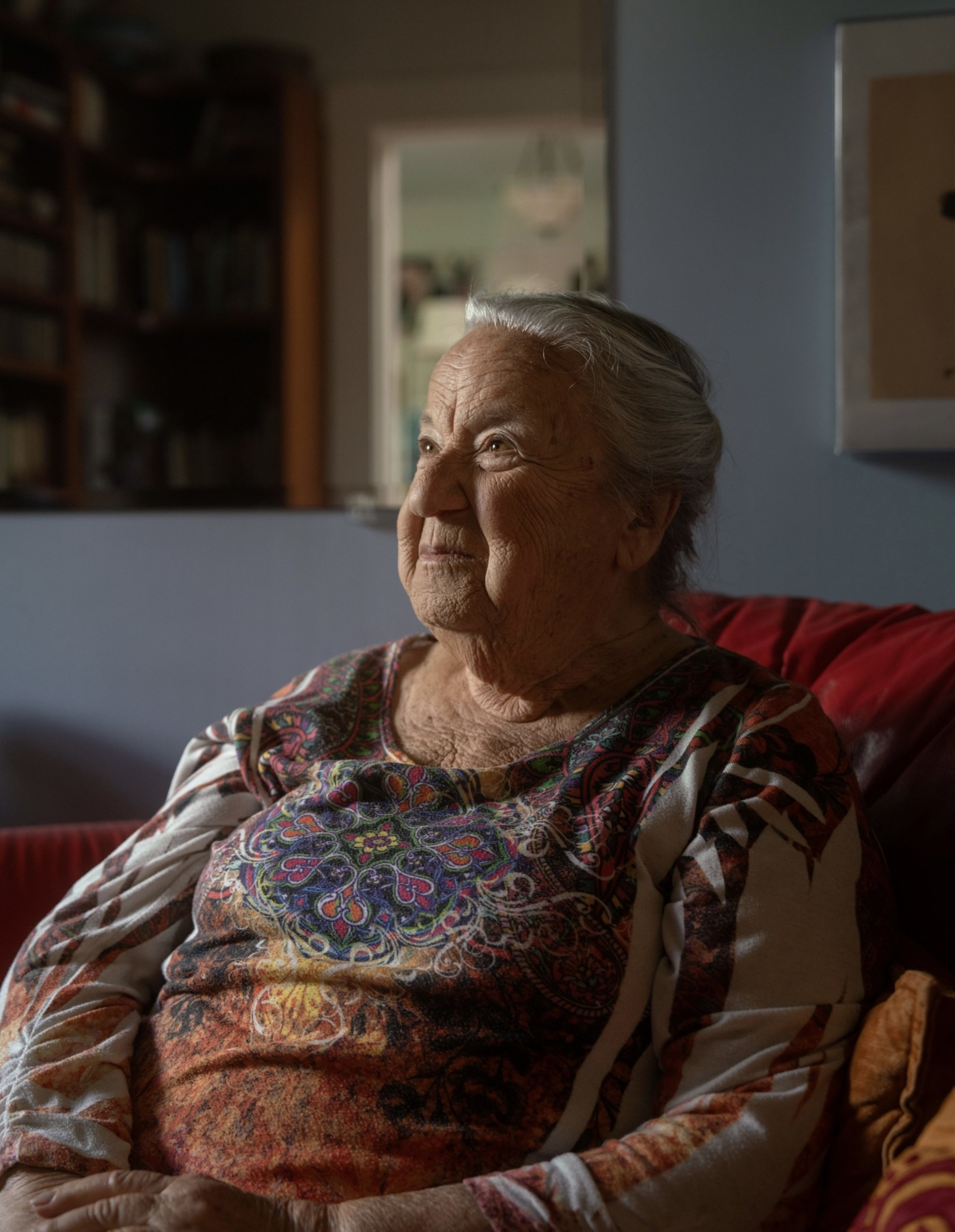
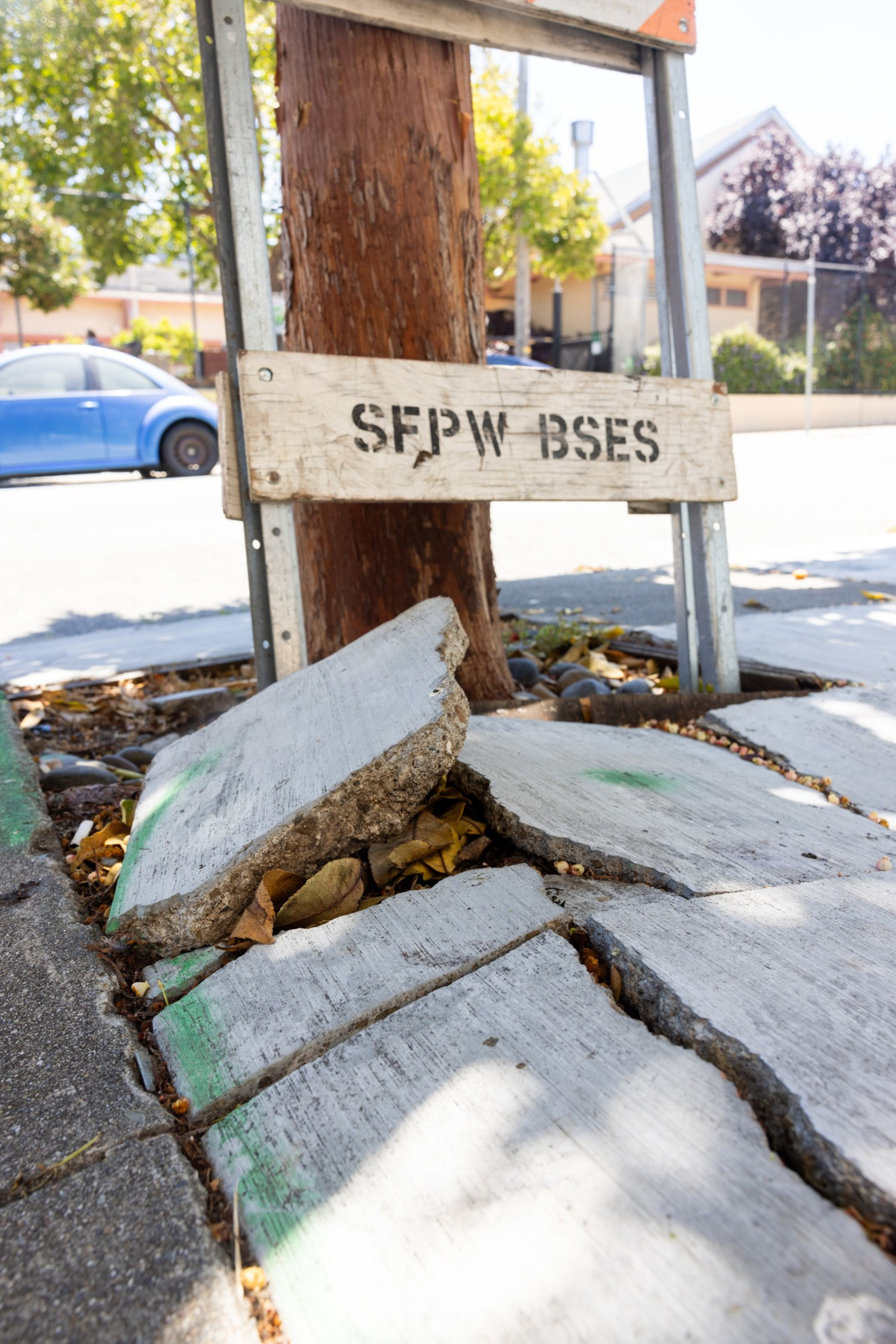
Many of those who fall are dusting themselves off and suing the city — landing five- or six-figure payouts. In the past five and a half years, the city reached 129 settlements totaling more than $3.8 million with people who said they sustained a personal injury from a sidewalk fall, according to data obtained by The Standard.
In the first two weeks of July alone, the Board of Supervisors greenlit four such settlements totalling nearly $300,000.
Sometimes, the lawsuits explicitly call out the city for failing to act quickly enough on a sidewalk repair. That happened in the case of Theresa Moorehouse, who sued San Francisco after allegedly tripping on a raised inner Sunset sidewalk in 2019 and breaking her arm. In the suit, Moorehouse claimed that another pedestrian reported the issue with the sidewalk seven weeks before her fall, but both the city and the adjacent property owners failed to repair it or post a warning. The city settled with Moorehouse for $150,000.
Public Works said it had not determined the average amount of time that transpires from when a report is filed and the sidewalk is fixed. While acknowledging that the department has not caught up with all the sidewalk damage in the city, spokesperson Rachel Gordon cautioned that resident reports through 311 are an imperfect measure of conditions, since they can be duplicates or improper filings.
“The sidewalks overall appear to be in decent shape,” Gordon said. However, the city does not formally track sidewalk conditions through data-driven analysis.
The root of the problem
Why are trees causing so much chaos for San Francisco’s concrete?
Historically, sidewalk maintenance was the responsibility of property owners, who often let trees have their way with the pavement. That is, until 2016, when a San Francisco ballot measure (opens in new tab) transferred responsibility for maintaining sidewalks damaged by trees on public streets from private property owners to the city, according to Gordon.
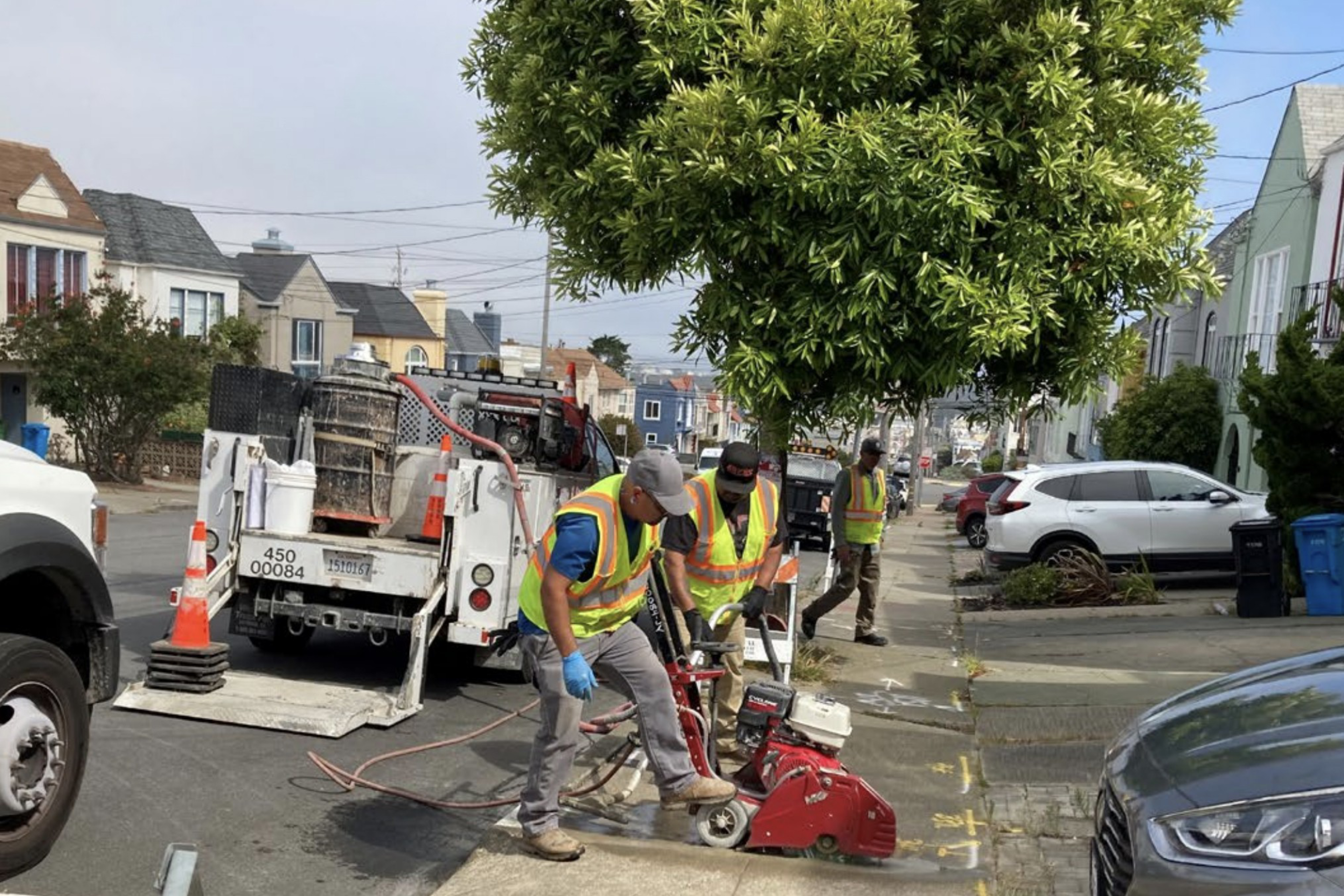
After the measure passed, Public Works realized it had inherited a monumental task: The department identified more than 30,000 sidewalk defects caused by trees on public streets. And while the 2016 measure came with nearly $20 million in annual funding, that money also had to cover tree pruning and inspection work.
The city has chipped away at the long list of needed sidewalk repairs in the years since, Gordon said, but her department has more than 2,000 requests for sidewalk repairs in its queue.
“Without significantly more resources, I don’t know if we’ll ever catch up, because requests keep coming in,” Gordon said.
She said Public Works is adapting, though: The department will soon double its number of sidewalk repair crews (to two). It’s also using a contractor to shave down lifted sidewalks until a more permanent fix can be made. In the longer term, Public Works is testing a rubberized sidewalk material to see if it will do a better job of flexing, rather than breaking, when tree roots grow underneath.
Why won’t the department spend more on sidewalk fixes? Moving funds to sidewalk work could take away from other critical functions, such as street paving or cleaning, Gordon said. And the department already sees itself as doing far more for sidewalks than other cities, many of which place all responsibility for repairs on private property owners. (In San Francisco, property owners still have to pay to repair sidewalk damage that isn’t caused by a street tree — a requirement that can leave residents on the hook for shocking bills.)
When it comes to repairs related to trees on public streets, the city prioritizes high-traffic areas, such as sidewalks near transit stops, schools and hospitals. As workers scramble to keep high-priority zones in good shape, they can leave residential neighborhoods neglected for years. But the tree roots keep growing, and people keep falling.
No shortage of litigation
While the $3.8 million San Francisco has paid in settlements since 2019 may seem high, the city has been effective in one way: fighting sidewalk injury cases in court. Personal-injury attorney Robert E. Cartwright Jr. has seen the litigation in action.
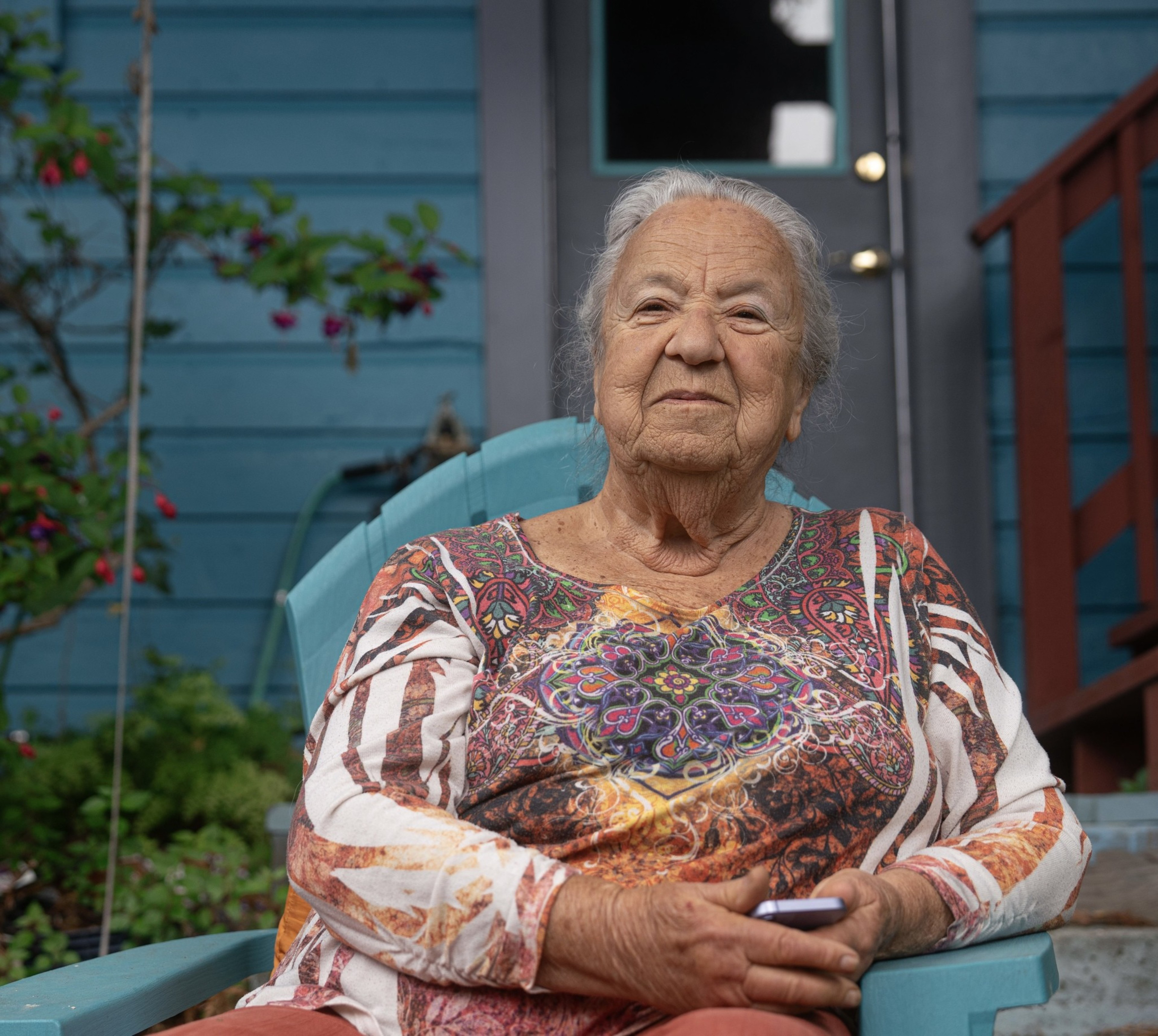
“We get calls every week on stuff like this, and we turn down 99 out of 100 of them,” Cartwright said. “They’re too challenging and expensive to prosecute.”
As for Clemens, while she has recovered from her injuries, she now treads warily.
“If walking in San Francisco means you must keep your eyes glued to the sidewalk instead of enjoying the city, then something is wrong,” she said. “San Francisco is not famous for looking at your feet. It’s famous for looking interesting.”
